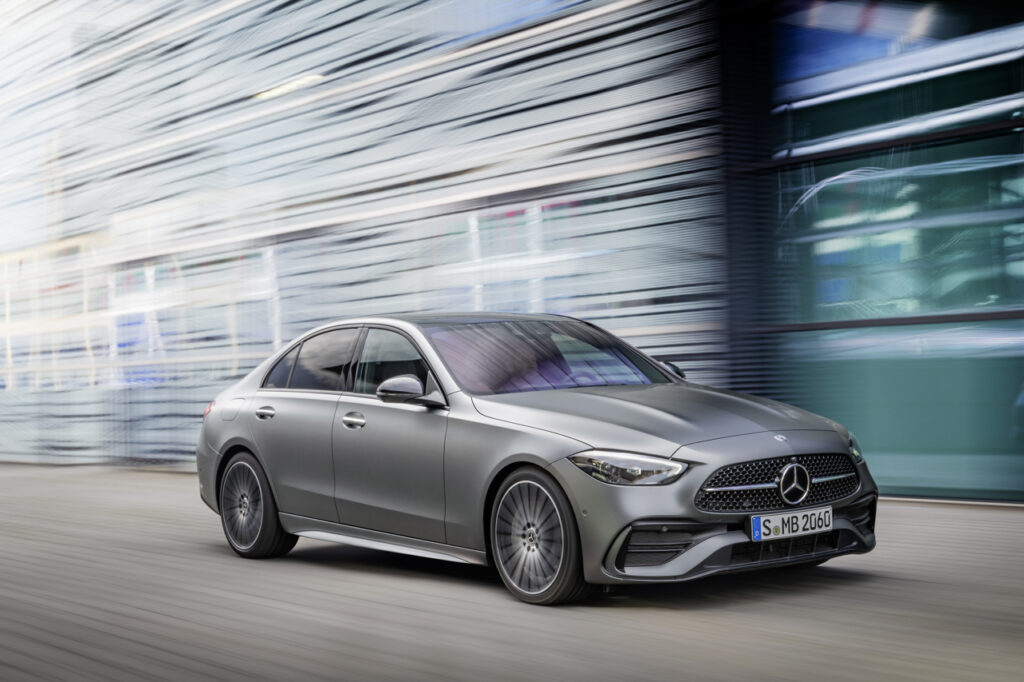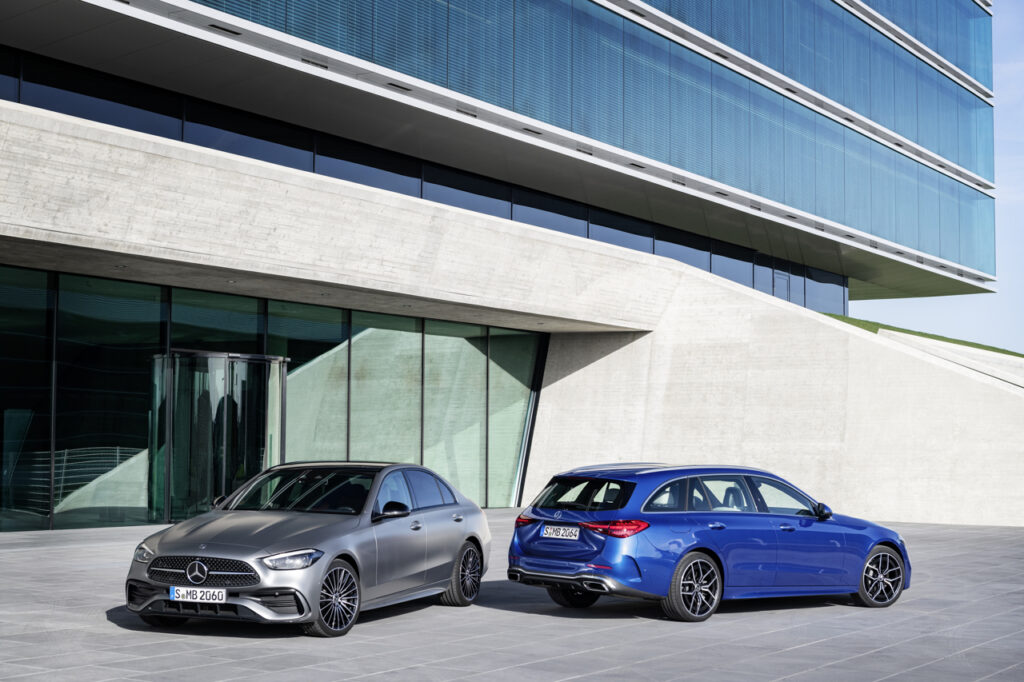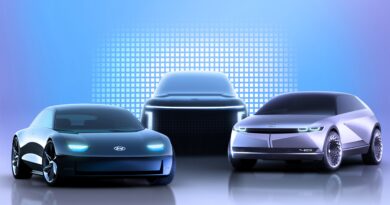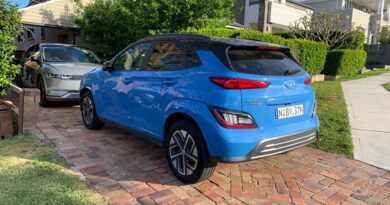100km PHEV for new Mercedes-Benz C-Class
With a promised electric driving range of “around 100km” the PHEV will be the stand-out model for efficiency in the all-new Mercedes-Benz C-Class.
Sedan and wagon versions of the best-seller in the company’s extensive catalogue were officially unveiled online today.
Though the C-Class is the German brand’s most affordable model offered with rear-wheel drive, it will feature the same advanced PHEV tech as the much more costly S-Class.
The S580 e, due to go into production in June, will be the first model equipped with Mercedes-Benz’s most advanced PHEV powertrain. Only months later a similar system will be available in the form of the more compact C300 e.

There are only small differences. Core electrical components of the C-Class’s PHEV system are a 25kWh battery pack, almost double the capacity of the current C300 e PHEV, and an electric motor producing power and torque maximums of 95kW and 440Nm.
The battery of the S-Class PHEV stores a little more energy, and while its electric motor is slightly more powerful, its torque output is identical. Both PHEVs have the same 140km/h electric-only top speed and standard 11kW on-board charger.
The engine of the petrol-electric C-Class PHEV will be a 150kW turbo 2.0-litre from Mercedes-Benz’s latest four-cylinder family.
With both engine and motor contributing, the maximum outputs of the new C300 e are 230kW and 550Nm.

“The complete package is not only very efficient, but also decidedly sporty,” the company says. This isn’t just PR puff. With its added electric kick, the PHEV should easily best the rather snappy 6.0 second 0-100km/h time of the 190kW C300.
Mercedes-Benz is also planning diesel-electric plug-in hybrid versions of the new C-Class, but they will go into production later than the petrol-electric PHEV.
But first, plain hybrids
Turbocharged four-cylinder petrol and diesel engines with low-voltage mild hybrid systems will be the first versions of the new C-Class to begin rolling off the assembly lines. It seems Mercedes-Benz doesn’t plan to produce any non-hybrid variants of the new C-Class.
The petrol-burning C200 and C300 hybrids are likely to be the first versions of the car to reach Australia in the third quarter of the year. This timing means the C300 e PHEV is likely to arrive early in 2022.

Mercedes-Benz Australia earlier dropped diesel-powered models from the local C-Class line-up, so don’t expect to see the diesel-electric C220 d and C300 d in showrooms here.
The 48-volt integrated starter-generator in the turbo 1.5-litre C200 and turbo 2.0-litre C300 adds a 15kW boost to performance. It’s attached to the front of the C-Class’s standard-across-the-range nine-speed automatic transmission.
Reliable sources in Germany report that the inevitable AMG-tuned versions of the new C-Class that will follow also will have turbo four-cylinder hybrid powertrains. So a turbo 2.0-litre hybrid four will take the place of the twin-turbo 4.0-litre V8 in the current C63.
If the rumours are right, the new hybridised four will pack an equally strong power punch. Something in the region of 375kW is the kind of number AMG is said to be shooting for.
Lux interior
Inside, the new C-Class also follows the lead of the latest S-Class. It will feature the same large portrait-oriented screen that’s the centrepiece of Mercedes-Benz’s second-generation MBUX infotainment system.

Other similarities are the sloping, two-level dash, available with some of the same eye-catching finishes as in the S-Class, and the digital instrument screen with three different driver-selectable display options.

The new MBUX brings significant improvements in speed, sophistication and user-friendliness, according to Mercedes-Benz. It also enables over-the-air system software upgrades.
Likewise upgraded is the new C-Class’s impressive array of driver-assist and safety technology.
Larger all round
With its dimensions growing in every direction except upwards, the new C-Class sedan and wagon are larger cars than before.

Crucially, the C-Class adopts the same super-compact rear suspension design as the S-Class. This means the hefty battery pack of the PHEV, which is installed above the rear axle, won’t reduce luggage space.
There’s also extra room for occupants of both the front and rear seats.
Stylistically, the exterior of the new C-Class sticks with the same design themes seen in the S-Class.




